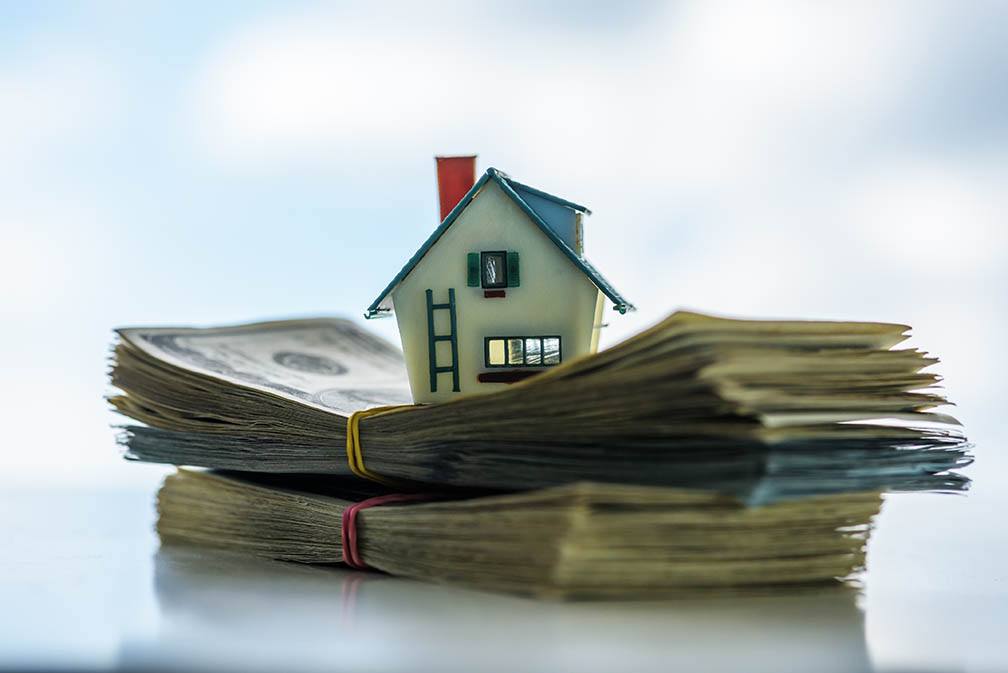Financing A Pool In 2023: The Options
 With the weather beginning to warm up outside, you might be thinking about installing a pool on your property. This is a great way to relax, entertain friends, and get some exercise; however, a pool can cost tens of thousands of dollars. What happens if you don’t have enough money? There are several options available.
With the weather beginning to warm up outside, you might be thinking about installing a pool on your property. This is a great way to relax, entertain friends, and get some exercise; however, a pool can cost tens of thousands of dollars. What happens if you don’t have enough money? There are several options available.
Ask About A Pool Loan
One of your first options might be to approach a local lender and ask for a pool loan. As the name suggests, this is a loan that can provide you with funding specifically for the construction of a new pool. While your pool construction company might be willing to offer you a financing plan, you should also talk to local lenders to see what rates you can get.
Home Equity Line Of Credit
If you have lived in your home for several years, you may be able to tap into the equity in your home and use it to finance a pool project. In general, you will need to have at least 20 percent equity in your house before you take out a home equity line of credit (HELOC), but it can give you an instant source of cash you can use to pay off your pool. It might also come at a lower interest rate than a traditional pool loan, but keep in mind that the interest rate on a HELOC is not fixed, so you will have to keep an eye on the interest rate as it changes.
Cash-Out Refinance
If a variable interest rate does not sound like an attractive option to you, you may want to consider a cash-out refinance. Essentially, you are going to tap into the equity in your home and then finance the remaining balance of your mortgage plus the equity you have now withdrawn. You can get a fixed interest rate on the remaining balance of your mortgage, and it could allow you to shrink the size of your monthly payments.
Think about all of these options before you decide which one is best for your pool project.
 Owning a home can be an exciting and rewarding experience, but it’s important to be aware of the expenses that come with homeownership. Understanding these costs can help you prepare for and manage them effectively, ensuring a smoother transition into your new home.
Owning a home can be an exciting and rewarding experience, but it’s important to be aware of the expenses that come with homeownership. Understanding these costs can help you prepare for and manage them effectively, ensuring a smoother transition into your new home. Last week’s economic reporting included readings on inflation, retail sales, and consumer sentiment. Weekly readings on mortgage rates and jobless claims were also released.
Last week’s economic reporting included readings on inflation, retail sales, and consumer sentiment. Weekly readings on mortgage rates and jobless claims were also released.